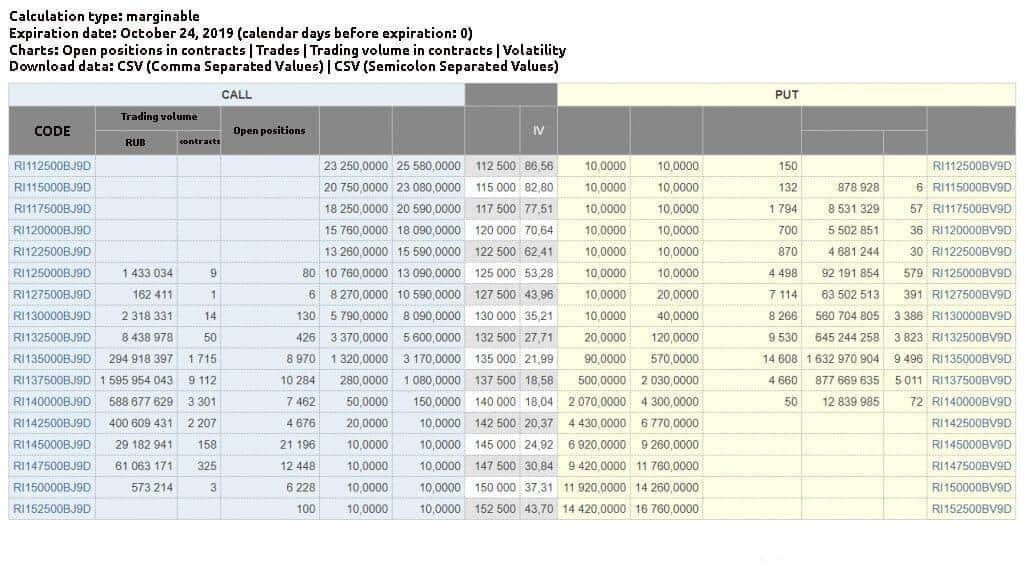
You should understand what Bond ETFs are before you invest. You should understand the workings of this type of investment vehicle before you start investing. This way, you'll be better prepared to make decisions about the best ETFs to add to your portfolio.
Passively managed funds
Passively managed bond ETFs can be a more cost-effective alternative than actively managed bond funds. They provide transparency, predictability, superior tax-adjusted return, and greater transparency. But they come with some risks. For example, they may lose money when a security's price falls, while actively managed bonds tend to do better in downturns. These risks should be avoided by passive managers, or they may end up overweighting stocks.
The main benefit of passively managed bond eTFs is the low fees and low rate. BND charges 0.02% in management fees and 0.01% on other expenses. It has an expense ratio of 0.033%. AGG is another cost-effective option. Its costs are 0.03% per year and there's no foreign tax. Investors can also get fee waivers.

Fixed-income investment
A bond ETF can be described as an exchange-traded fund. These funds invest in a range of bonds, including corporate bonds and government bonds. They can trade on major stock platforms and are similar to a benchmark bond-index index. Investors can buy shares of bond ETFs for a low cost and gain exposure to the return of these bonds.
These investments do not guarantee that you will get your principal back. You may lose money if the wrong bond funds are purchased. If your principal is not recovered, it will be lost. CDs offer some protection. The FDIC guarantees the principal of these investments up to a certain limit, which is typically around $250,000 per person and $100,000 per account type.
Monthly dividends
Bond ETFs paying monthly dividends are a great way for you to increase your portfolio income, without having to make large investments. Although most bonds and stocks only pay once a year or quarterly, monthly dividend stocks help smoothen your income stream. But be aware of the risks and limitations before investing in these funds.
Some exchange-traded fund ETFs pay monthly dividends. It invests only in the 100 best dividend-paying stocks around the world. This ETF is especially useful for investors who are concerned about volatility and want a lower-risk asset class. Its geographical diversity makes it possible to avoid volatility. This ETF has been making monthly distributions of dividends for nine years.

Tax benefits
One of the major advantages of bond ETFs is the ability to invest in a wide variety of securities at one time. These funds often pay less than individual securities, and they are often more tax-efficient. Additionally, bond ETFs offer investors a lower risk of losing their money, making them attractive.
ETFs also have the ability to help you defer capital growth. Compared to mutual funds, ETFs are better for deferring capital gains. This is because mutual funds fall under the Investment Company Act of 1941, which sets forth rules about how fund managers should distribute their earnings. When you own an ETF, however, you are still responsible for paying taxes on any interest or dividends you receive.
FAQ
What is a mutual-fund?
Mutual funds can be described as pools of money that invest in securities. Mutual funds offer diversification and allow for all types investments to be represented. This reduces the risk.
Managers who oversee mutual funds' investment decisions are professionals. Some funds also allow investors to manage their own portfolios.
Because they are less complicated and more risky, mutual funds are preferred to individual stocks.
What is the difference of a broker versus a financial adviser?
Brokers are specialists in the sale and purchase of stocks and other securities for individuals and companies. They handle all paperwork.
Financial advisors are experts on personal finances. They help clients plan for retirement and prepare for emergency situations to reach their financial goals.
Banks, insurance companies and other institutions may employ financial advisors. They could also work for an independent fee-only professional.
Take classes in accounting, marketing, and finance if you're looking to get a job in the financial industry. Also, it is important to understand about the different types available in investment.
What is the role and function of the Securities and Exchange Commission
SEC regulates securities brokers, investment companies and securities exchanges. It also enforces federal securities law.
Statistics
- The S&P 500 has grown about 10.5% per year since its establishment in the 1920s. (investopedia.com)
- Individuals with very limited financial experience are either terrified by horror stories of average investors losing 50% of their portfolio value or are beguiled by "hot tips" that bear the promise of huge rewards but seldom pay off. (investopedia.com)
- US resident who opens a new IBKR Pro individual or joint account receives a 0.25% rate reduction on margin loans. (nerdwallet.com)
- Even if you find talent for trading stocks, allocating more than 10% of your portfolio to an individual stock can expose your savings to too much volatility. (nerdwallet.com)
External Links
How To
How to open and manage a trading account
The first step is to open a brokerage account. There are many brokerage firms out there that offer different services. Some charge fees while others do not. Etrade, TD Ameritrade and Schwab are the most popular brokerages. Scottrade, Interactive Brokers, and Fidelity are also very popular.
Once you've opened your account, you need to decide which type of account you want to open. These are the options you should choose:
-
Individual Retirement accounts (IRAs)
-
Roth Individual Retirement Accounts
-
401(k)s
-
403(b)s
-
SIMPLE IRAs
-
SEP IRAs
-
SIMPLE 401(k).
Each option has its own benefits. IRA accounts are more complicated than other options, but have more tax benefits. Roth IRAs allow investors to deduct contributions from their taxable income but cannot be used as a source of funds for withdrawals. SEP IRAs are similar to SIMPLE IRAs, except they can also be funded with employer matching dollars. SIMPLE IRAs have a simple setup and are easy to maintain. They enable employees to contribute before taxes and allow employers to match their contributions.
Next, decide how much money to invest. This is called your initial deposit. Many brokers will offer a variety of deposits depending on what you want to return. Based on your desired return, you could receive between $5,000 and $10,000. The conservative end of the range is more risky, while the riskier end is more prudent.
Once you have decided on the type account you want, it is time to decide how much you want to invest. You must invest a minimum amount with each broker. These minimum amounts vary from broker-to-broker, so be sure to verify with each broker.
After deciding the type of account and the amount of money you want to invest, you must select a broker. Before selecting a brokerage, you need to consider the following.
-
Fees - Make sure that the fee structure is transparent and reasonable. Brokers often try to conceal fees by offering rebates and free trades. However, some brokers charge more for your first trade. Don't fall for brokers that try to make you pay more fees.
-
Customer service - Find customer service representatives who have a good knowledge of their products and are able to quickly answer any questions.
-
Security – Choose a broker offering security features like multisignature technology and 2-factor authentication.
-
Mobile apps: Check to see whether the broker offers mobile applications that allow you access your portfolio via your smartphone.
-
Social media presence – Find out if your broker is active on social media. It may be time to move on if they don’t.
-
Technology - Does this broker use the most cutting-edge technology available? Is the trading platform easy to use? Are there any issues with the system?
Once you have decided on a broker, it is time to open an account. Some brokers offer free trials while others require you to pay a fee. You will need to confirm your phone number, email address and password after signing up. Next, you'll need to confirm your email address, phone number, and password. Finally, you'll have to verify your identity by providing proof of identification.
After you have been verified, you will start receiving emails from your brokerage firm. It's important to read these emails carefully because they contain important information about your account. You'll find information about which assets you can purchase and sell, as well as the types of transactions and fees. Be sure to keep track any special promotions that your broker sends. You might be eligible for contests, referral bonuses, or even free trades.
Next is opening an online account. An online account can be opened through TradeStation or Interactive Brokers. These websites can be a great resource for beginners. You'll need to fill out your name, address, phone number and email address when opening an account. Once this information is submitted, you'll receive an activation code. You can use this code to log on to your account, and complete the process.
After opening an account, it's time to invest!